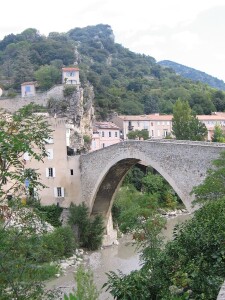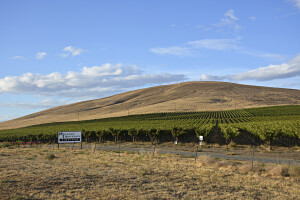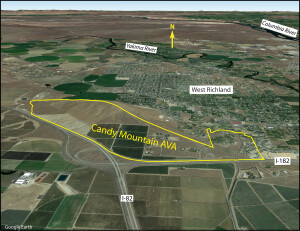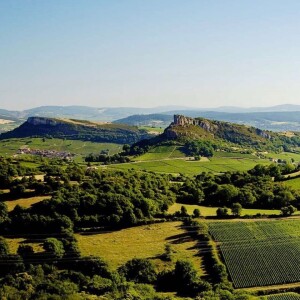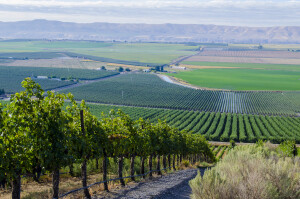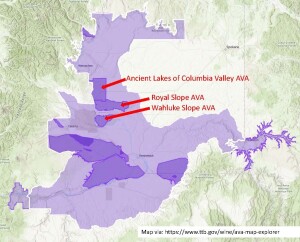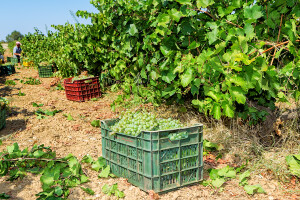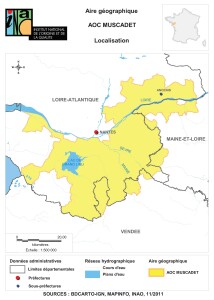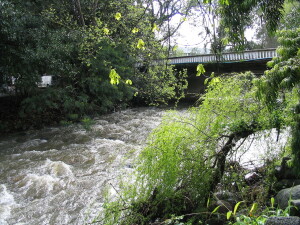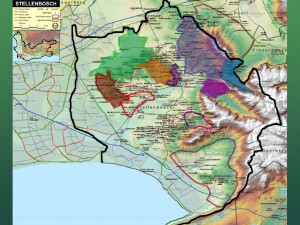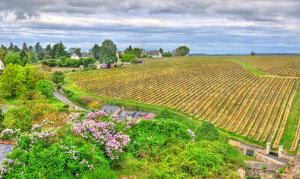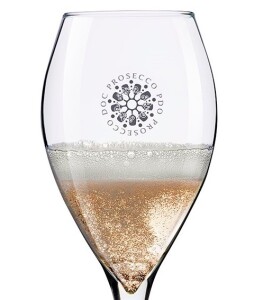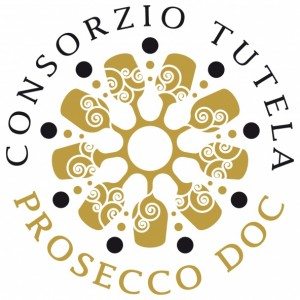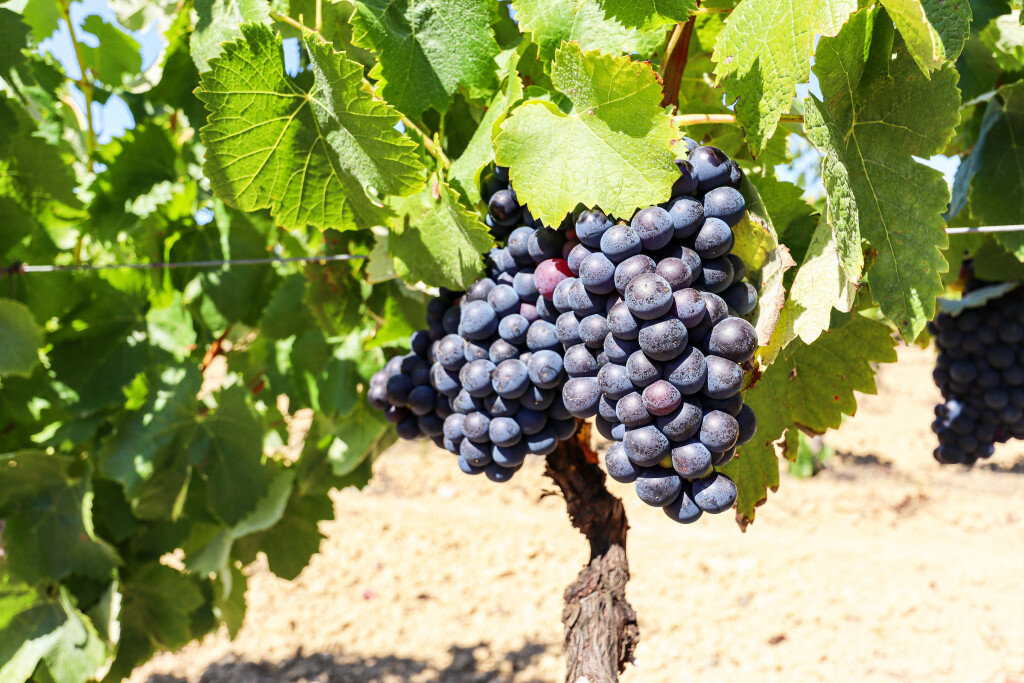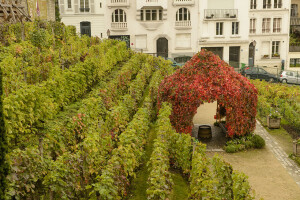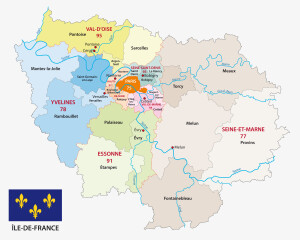Congratulations are in order for the commune of Nyons! Nyons has very recently been promoted from the large pool of 90+ communes that produce wine under the Côtes du Rhône-Villages AOC; and is now a designated geographical designation (dénomination géographique complémentaire) of the appellation. This means that we will soon be able to see red wines labeled under the Côtes du Rhône-Villages-Nyons AOC.
Nyons is a commune (population around 8,000) located in the Drôme department of southeastern France. The commune—situated squarely within the eastern side of the Rhône Valley vineyard area—can be found about 5 miles (8 km) east/northeast of the Vinsobres AOC. The town straddles the Aigues (Eygues) River—a tributary of the Rhône that flows from its source in the Baronnies Mountains for about 80 miles/112 km before it joins the Rhône at the town of Caderousse.
The town is notable for the medieval Pont de Nyons (Nyons Bridge) built between 1361 and 1407 CE (and still in use)! The bridge boasts a single span of 40.53 meters/133 feet, which was an impressive feat of engineering at the time.
In addition to its powerful red wines (cultivated in the region since Roman times), Nyons is famous for its olive orchards, processed olives, and olive oil. Two distinctive products of the region—olives noires de Nyons (black olives of Nyons) and huile d’olive de Nyons (olive oil of Nyons)—have protected geographical indication (PGI) status in the EU.
For serious students of wine: Nyons is the 22nd locality allowed to append its name to the AOC Côtes du Rhône-Villages (you can find the complete updated list by clicking on the new Côtes du Rhône-Villages cahier des charges, linked below). The Côtes du Rhône-Villages AOC is mainly known for its red wines (based around Grenache, Mourvèdre, and Syrah), but produces some white blends and rosé as well. However, the geographic designation of Nyons is approved for the production of red wines only.
References/for more information:
- Cotes du Rhone Villages Cahier de Charges updated October 2020
- https://www.francethisway.com/places/nyons.php
- https://structurae.net/en/structures/nyons-bridge
Post authored by Jane A. Nickles…your blog administrator: jnickles@societyofwineeducators.org
